You might be most familiar with annual vegetable growth when it comes to your gardening, but there are many edible perennial vegetables that can diversify your garden, expand your cooking possibilities, and provide food for many years with a single planting. The perks of creating an edible landscape go beyond simply growing more food, but many are forgotten staples in diets from before our modern times.
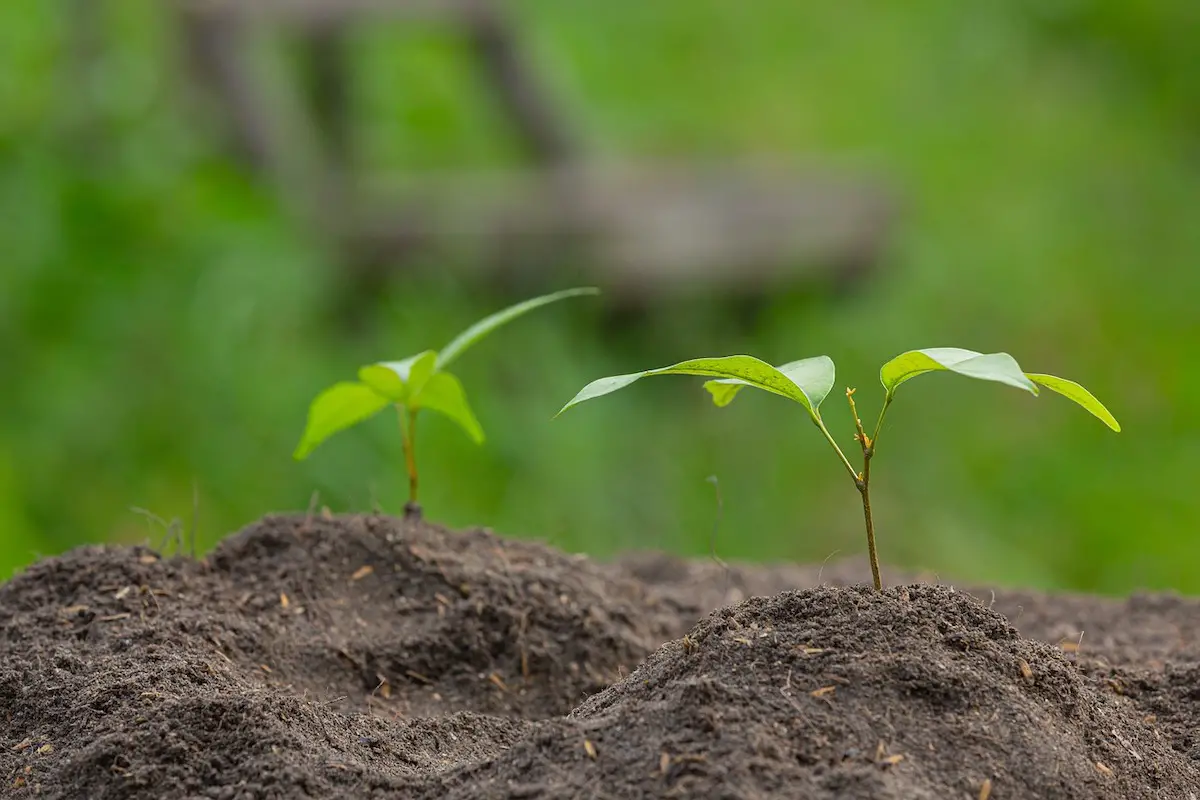
Perennial Vegetables
What are perennials? Perennials are plants that continue growing for more than two years. The term differentiates plants from shorter-lived annuals and biennials. These are great for producing in abundance with little yearly upkeep.
Benefits of Growing Perennial Vegetables
Long-lasting– Once established, perennials can provide food for you for many years with little maintenance.
Improved soil– Often with deep roots that remain in place, they help prevent erosion and sequester nutrients from beneath the soil surface.
Animal habitat– Many perennials can provide reliable habitat for various birds, mammals, and insects.
Growth Challenges
Slow to establish– They can take years to establish and produce, so patience is key.
Invasiveness– Many perennials can be considered invasives in uncontained spaces. Understand the growth habits of your plants before adding them to your garden and be prepared to handle unwanted spreads.
Pest issues– Because they grow in the same spot for multiple years, you don’t get the benefit of crop rotation when it comes to avoiding certain pests and diseases.
Asparagus
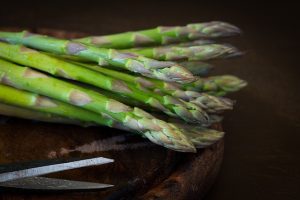
Asparagus is a nutrient-dense crop with one of the first harvest windows of early spring and one of the most popular perennial garden vegetables. Its long root system takes some years (3-4) to establish, but it allows the plant to reach deep for rich nutrients. The vegetable can last and multiply for decades in your garden! Asparagus enjoys full sun, well-draining soil, and space to grow tall and wide. It can be grown from seed, but it is much easier to grow from bare-root crowns.
Hardy zones 3-9
Rhubarb
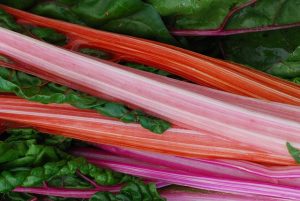
If you live in a cooler climate, rhubarb is a low-maintenance perennial to enjoy for decades in your garden. Rhubarb needs a chilling period to be grown as a perennial, so it’s an excellent choice for northern gardeners. It is tolerant of many growing conditions, but it tends to really thrive in full sun and moist, well-draining soil. You can plant your seeds or crowns in early spring. Wait until your rhubarb is well established to harvest it. You’ll find many baked goods that make great use of this tart vegetable.
Hardy zones 2-7
Globe Artichoke

A relatively expensive vegetable at the grocery store, artichokes are a great perennial to grow for a cheaper and fresher crop. They can flourish for around 5 years. Make sure you leave plenty of room for them in your garden because they grow quite large- about 5ft in height. If you miss harvesting their bulbs, they’ll produce beautiful flowers that attract pollinators. If you have mild summers, they grow best in full sun; consider giving them some afternoon shade in warmer climates.
Hardy zones 7-11
Sorrel
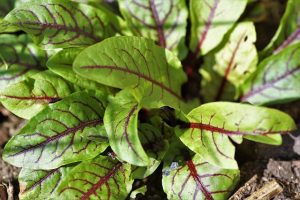
A bright, lemony-flavored green, sorrel is one of the first greens to produce in the early spring. It has a tangy, pungent flavor that might take getting used to, but picking young and tender leaves will provide the freshest bite. Sorrel is simple to grow and is a prolific green in the garden.
Hardy zones 3-11 (common variety) or zones 6-11 (french variety)
Egyptian Walking Onion
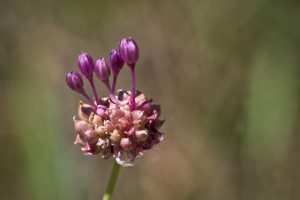
Instead of growing onion bulbs at ground level, this plant produces small onions in clusters at the top of their stalks. They are tiny in comparison to bulb onions, but they grow in abundance to keep your garden full of fresh onions. Their name as walking onions is fitting for their growth habit: the heavy bulbs cause the stalks to tip over and re-root in the soil.
Hardy zones 4-8
Perennial Kale (& Sea Kale)
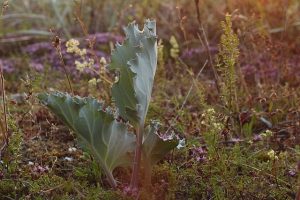
While often grown as an annual, many varieties of kale are capable of being treated as perennials through the winter. If you’ve never experienced the growth of a “kale tree” it is a site to see. They can grow vertically, continuing to produce leaves for many feet. Sea kale is difficult to source as a seed or plant, but it is a hearty green to grow as a perennial if found.
Malabar Spinach
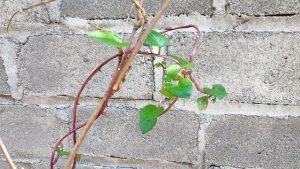
Malabar spinach is a heat-loving vining plant that produces a leafy green similar to the common spinach throughout the heat of summer. It will grow well in various soil conditions, but it prefers fertile and well-draining soil. To prevent early bolting, make sure your plant is well watered. You can enjoy the greens raw or cooked.
Hardy zones 7-13
Chicory/Radicchio
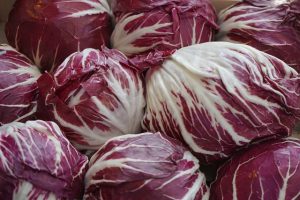
Common chicory has edible leaves and a long taproot. The leaves can be eaten raw or cooked into soups or stews and the taproot is often roasted similarly to a parsnip. Radicchio is a type of chicory that can be grown as a perennial in warm climates. It has a pleasantly bitter taste that adds depth to salads and boasts a lovely red color.
Horseradish
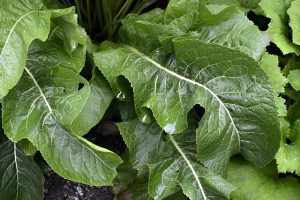
While you won’t likely be eating a massive amount of horseradish root, it’s a beneficial crop to have on hand for medicinal uses and in small amounts in cooking to give your dishes a sharp kick. It is pest-resistant, easy to grow, and really only requires one plant for all your yearly uses. The roots grow in dense bunches and spread underground, so keep an eye on their growth to prevent an invasion of horseradish roots.
Hardy zones 2-9
Scarlet Runner Beans
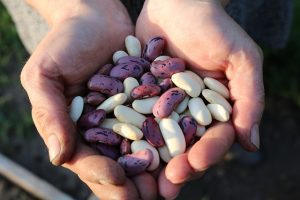
They produce delicious green pods like pole beans, but they are a vining bean that will come back through the years in warm climates. Their mature beans are great for drying to use in soups, stews, casseroles, and more. Scarlet runner beans can be an easy, prolific vegetable in the garden.
Hardy zones 7-11
Jerusalem Artichoke (Sunchoke)
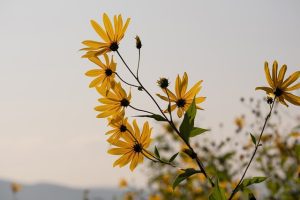
A popular food to forage, sunchokes are maybe a little too easy to plant and grow. They’re a member of the sunflower family, and their 8-10 ft height makes sense in that regard. Grown for their nutty-flavored tubers which can be cooked similarly to potatoes, sunchokes should be planted in an area you are prepared to have taken over by them. They spread easily by tuber, so plan for expansion before planting for harvest.
Hardy zones 3-8
Watercress
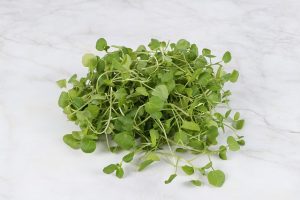
This plant takes specific growing conditions to thrive and is prone to insect damage, but its peppery flavor and nutrient-dense leaves will be worth the effort for some. Harvest leaves and sprouts when young to avoid bitterness. Watercress is a semi-aquatic plant that thrives in sunny and wet conditions. You’ll need to provide an area that is consistently wet for it to grow in.
Hardy zones 5-10
Ramp (Wild Leek)
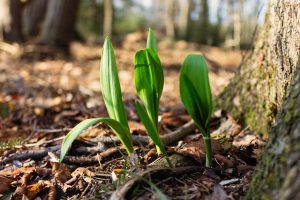
You might be most familiar with this vegetable as a wild plant (more specifically a wild leek), but it can be grown in your backyard garden. Ramps thrive in fertile, well-draining soil with at least partial shade. The easiest way to grow them is from a transplanted bulb. All parts of the plant are edible and make for a useful perennial to have on hand. They have a garlicky flavor that accentuates many dishes beautifully.
Groundnut
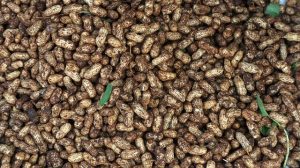
Similar to sunchokes, groundnuts are grown and harvested for their tubers which can be treated in cooking as you would a potato. The vines grow to around 10 ft and the plant is quick to spread, so account for a large space and a potentially invasive growth before planting any. They are rich in protein and harvestable throughout the year.
Hardy zones 3-7
Prickly Pear Cactus
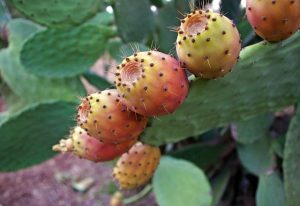
Usually grown in warm, dry climates, this cactus is popular in Mexican cuisine for both its vegetable and fruit. The cactus itself is excellent sliced and grilled for tacos or shredded in a side salad. Cacti are incredibly low-maintenance plants especially once established, and there are cold-tolerant varieties available.
Hardy zones 3-11
Some other perennial vegetable plants to consider for your garden include Good King Henry, lovage, ostrich fern, skirret, oca, and Turkish rocket.
More Planting Guides
Check out more of our guides for planting veggies and flowers in your garden.
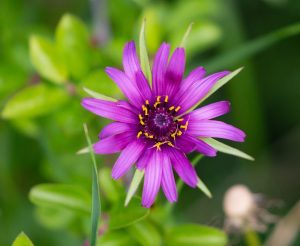


Leave a Reply